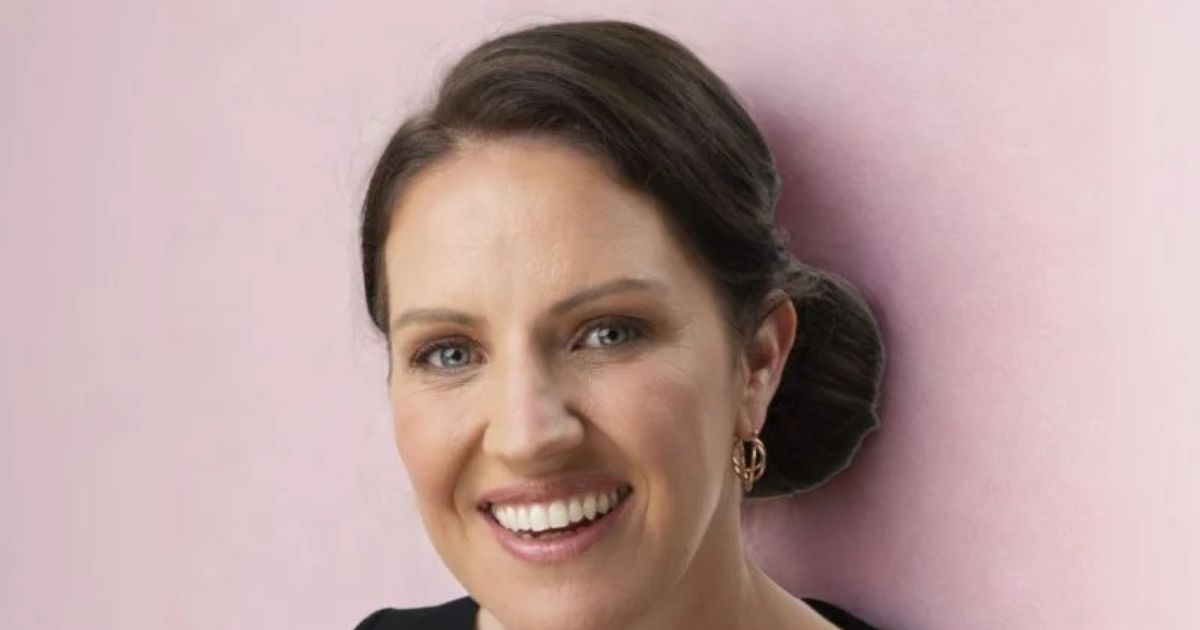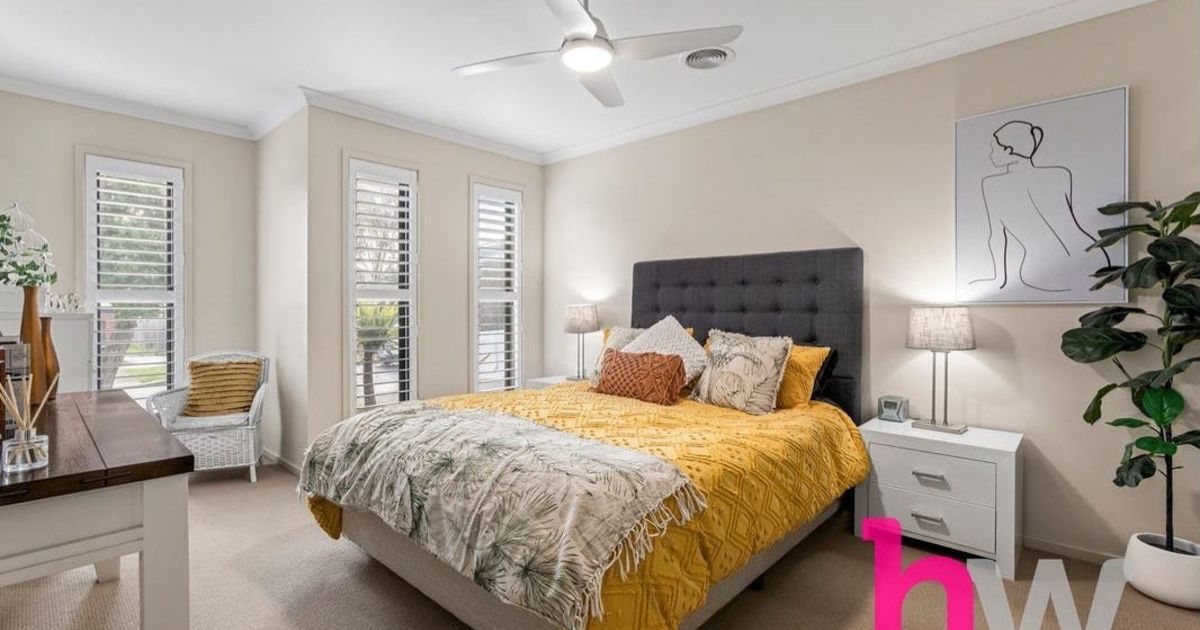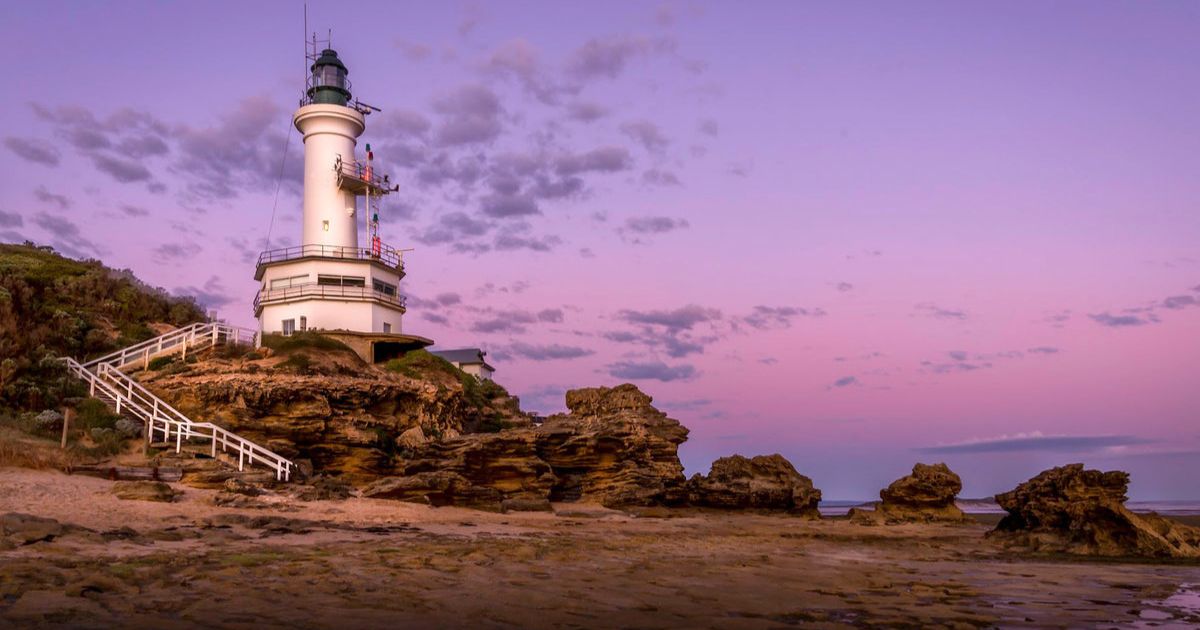Town snapshot – South Geelong
The size of South Geelong is approximately 2.5sqkm and has seven parks covering nearly 16.4 per cent of total area.
The population of South Geelong in 2016 was 986 and by the 2021 Census the population was recorded at 1,014 showing a population growth of 3% in the area during that time.
South Geelong, an industrial and residential suburb, is immediately south of the railway line which curves eastwards from the Geelong railway station.
It includes Kardinia Park, the home of the Geelong Football Club and which takes up about one-third of the suburb.
Before the railway line was built in 1876, South Geelong extended closer to central Geelong, probably to Kilgour Street.
A state primary school in Kilgour Street, named South Geelong, opened in 1879.
It replaced a Wesleyan school (1854) which was associated with a church in Fyans Street, both south of the railway line.
Kardinia Park, formerly known as Chilwell Flats, was reserved and named in 1872, much of it was gullied waste land.
Three ovals were laid out, the eastern one becoming the home of the Geelong Football Club which transferred there from the Corio oval in 1941.
Shops and businesses evolved along Moorabool Street from Kardinia Park to Barwon Terrace.
Further south, land uses were industrial, Gravel Pits Road was the home of wool scourers, with discharges to the Barwon River, above the breakwater which protected fresh water from tidal salt inflows.
A short distance from the wool scourers there was the Godfrey Hirst woollen mill at the corner of Swanston Street and Barwon Terrace.
Hirst, from Meltham in Yorkshire, started his business in a shed in Fyans Street, South Geelong, and acquired the mill site in 1899, to its immediate north there was Valley Worsted Mills (1924-73).
Kardinia Park also has a public swimming pool (mid-1960s), the Kardinia senior citizens’ centre, netball courts and a Boer War memorial on its north-west corner.
The original Wesleyan church and its replacement building (1869) continue as a Uniting church.
Reserves along the Barwon River include the John Landy athletics field.
CoreLogic data indicates that the predominant age group in South Geelong is 20-29 years with households in South Geelong are primarily childless couples and are likely to be repaying on average $1,700 per month on mortgage repayments, and in general, people in South Geelong work in a professional occupation.

AGENT PERSPECTIVE:
“South Geelong is a great area which is very popular due to the proximity to the city and Kardinia Park.
“House prices saw a great increase in the last decade and have remained buoyant over the last 18 months even in a softening market.
“We are seeing an increase of old commercial buildings down by the Barwon River being transformed into modern office suites.”
Glenn Hardman – managing director, Hayden Real Estate Geelong
TIDBIT:
Geelong Football Club transferred to Kardinia Park from the Corio oval in 1941.
Population: 1,014
Male: 48.2%
Female: 51.8%
Median age: 37
5 year population change: 3%
House median sales price: $867,500
Change in median price: (5yrs) 15.4%
Median asking rent per week: $525
Average length of ownership: 8 years
Owner occupiers: 61%
Renters: 39%
House median value:
March 2025: $779,000
March 2024: $827,250
March 2023: $839,300
March 2022: $910,200
March 2021: $745,500
House sales per annum:
Period ending March 2025: 17
Period ending March 2024: 17
Land median sale price:
March 2025: N/A
March 2024: N/A
Land sales per annum:
Period ending March 2025: 2
Period ending March 2024: 3


















